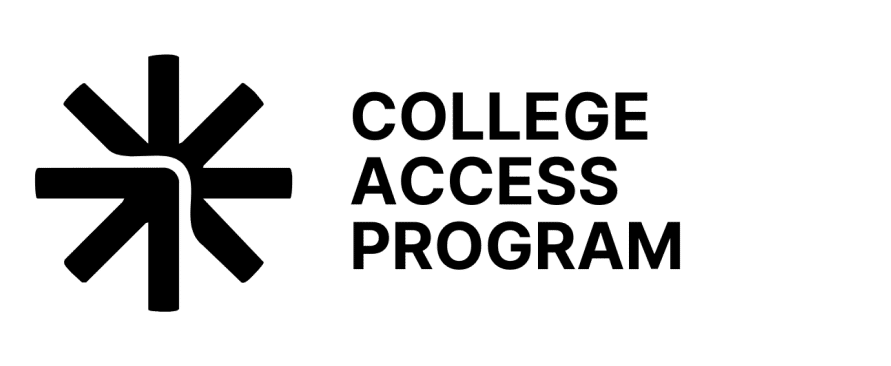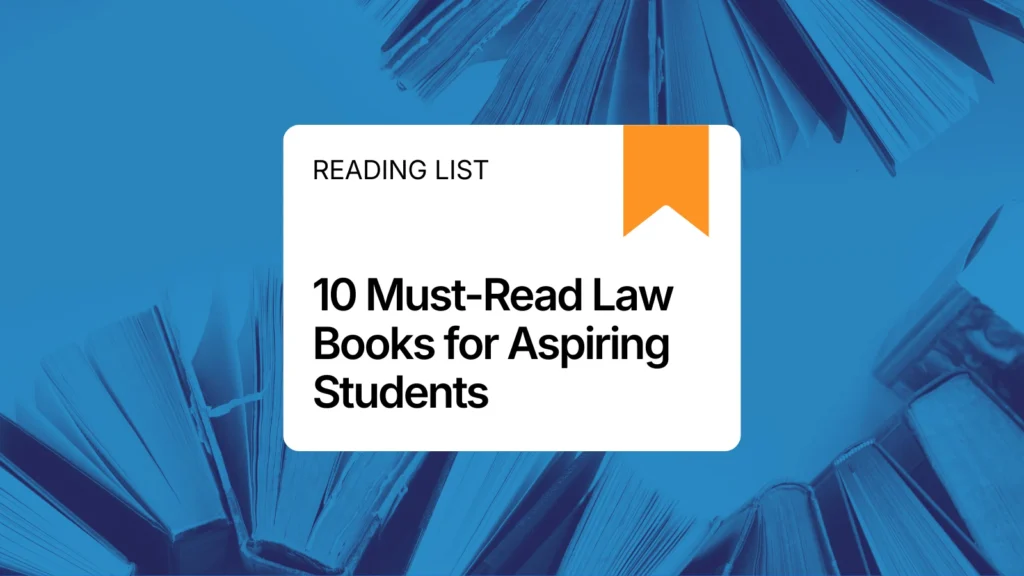Common Data Set:
- The Common Data Set (CDS) initiative is a collaborative effort among data providers in the higher education community and publishers as represented by the College Board, Peterson’s, and U.S. News & World Report. The combined goal of this collaboration is to improve the quality and accuracy of information provided to all involved in a student’s transition into higher education, as well as to reduce the reporting burden on data providers.
CSS Profile:
- College Scholarship Service (CSS) Profile, administered by College Board, is an online application that collects information used by hundreds of colleges, universities, professional schools, and scholarship programs to award financial aid from sources outside of the federal government.
Cost of Attendance:
- The Cost of attendance (COA), sometimes referred to as the “student budget”, is the average annual cost to attend a particular college or university. It includes both direct and indirect costs including tuition and fees, living expenses, books, supplies, and other expenses.
Direct Costs:
- Direct costs are those paid directly to the college and include tuition and fees, housing, and meal plan.
Indirect Costs:
- Indirect costs are expenses associated with being a student that are not paid directly to the college. Indirect costs can include, but are not limited to Books and supplies, Travel expenses, Bills, Entertainment.
Demonstrated Interest:
- Some schools track different types of engagement from a student (e.g. early application, interaction at college fairs, contacting admission reps, campus tours, etc) in order to gauge how much the prospective student likes the school and thus how likely they seem to enroll if admitted. Demonstrated interest is a term used by colleges and universities to understand your interest in attending the school you are applying to.
I-20:
- The I-20 is a multi-purpose document issued by a government-approved, U.S. educational institution certifying that you have been admitted to a full-time program of study, and have also demonstrated sufficient financial resources to stay in the U.S. The I-20 is officially titled the “Certificate of Eligibility” because with it, you are “eligible” to apply for an F-1 student visa at a U.S. embassy or consulate abroad.
Optional Practical Training:
- Optional practical training (OPT) is temporary employment that is directly related to an F-1 student’s major area of study. Eligible students can apply to receive up to 12 months of OPT employment authorization before completing their academic studies (pre-completion) and/or after completing their academic studies (post-completion). However, all periods of pre-completion OPT will be deducted from the available period of post-completion OPT.
Curricular Practical Training
- Curricular Practical Training (CPT) is defined as employment which is an integral part of an established curriculum, including: “alternate work/study, internship, cooperative education, or any other type of required internship or practicum which is offered by sponsoring employers through cooperative agreements with the school.”
F-1:
- The F-1 Visa (Academic Student) allows you to enter the United States as a full-time student at an accredited college, university, seminary, conservatory, academic high school, elementary school, or other academic institution or in a language training program. You must be enrolled in a program or course of study that culminates in a degree, diploma, or certificate and your school must be authorized by the U.S. government to accept foreign students.
SEVIS:
- This is your identifying number in the U.S. government’s international student database, the Student and Exchange Visitor Information System (SEVIS). Activate your SEVIS ID by paying the SEVIS I-901 Fee, and save a copy of your payment receipt in your records. If you begin a new academic program in the United States, you can request to transfer your SEVIS record and ID to the new program.
Need Blind:
- Need-blind admission simply means that applicants’ ability to pay for their education will not be a determining factor in the admission decision.
Need Aware:
- Need-aware admission means that we will examine a student’s financial need at the time of admission.
Source: College Board, USCIS.gov, Common Data Set Initiative, University websites




